The aging process brings with it a myriad of physiological changes, one of the most significant being the gradual loss of skeletal muscle mass and function, a condition known as sarcopenia. This age-related decline in muscle tissue not only affects mobility and independence but also has profound implications for overall health. Recent research has begun to unravel the complex interplay of protein metabolism in sarcopenia, particularly focusing on the concept of protein spatiotemporal distribution—how the body allocates and utilizes proteins across different tissues and over time in older adults.
Muscle protein synthesis (MPS) and muscle protein breakdown (MPB) are the two primary processes that govern muscle maintenance. In younger individuals, these processes are well-balanced, ensuring muscle integrity. However, as people age, this equilibrium is disrupted. Studies suggest that older adults experience what scientists call anabolic resistance, where the muscles become less responsive to the stimuli that typically promote protein synthesis, such as dietary protein intake and physical activity. This resistance leads to a net loss of muscle over time, exacerbating the risk of sarcopenia.
One of the critical factors in this imbalance is the body's ability to distribute amino acids—the building blocks of proteins—efficiently. In younger individuals, after consuming a protein-rich meal, amino acids are swiftly directed to muscle tissues where they are synthesized into new proteins. In older adults, this process is less efficient. The liver and other organs may sequester a larger proportion of these amino acids, leaving fewer available for muscle repair and growth. This misdistribution of resources is a key contributor to the progressive muscle wasting seen in sarcopenia.
Timing also plays a crucial role. The concept of protein timing revolves around the idea that the body's ability to utilize protein varies throughout the day. For instance, research indicates that spreading protein intake evenly across meals, rather than consuming most of it at dinner, can enhance muscle protein synthesis in older adults. This approach ensures a steady supply of amino acids to the muscles, counteracting the anabolic resistance that develops with age. Furthermore, consuming protein shortly after resistance exercise appears to be particularly effective, as exercise primes the muscles to absorb and utilize amino acids more efficiently.
Another layer of complexity is added by the type of protein consumed. Not all proteins are created equal; their amino acid profiles and digestion rates differ significantly. Whey protein, for example, is rapidly digested and rich in leucine, an amino acid known to strongly stimulate MPS. Casein, on the other hand, is slower to digest, providing a more prolonged release of amino acids. For older adults, a combination of these proteins—along with whole-food sources like eggs, fish, and lean meats—may offer the best strategy to maximize muscle protein synthesis throughout the day.
Beyond diet, physical activity remains a cornerstone in combating sarcopenia. Resistance training, in particular, has been shown to enhance the muscle's sensitivity to protein. Even in older adults, regular strength exercises can partially reverse anabolic resistance, making the muscles more receptive to the amino acids provided by the diet. This synergy between nutrition and exercise underscores the importance of a holistic approach to managing sarcopenia.
While much progress has been made in understanding protein spatiotemporal distribution in sarcopenia, many questions remain. For instance, how do hormonal changes, such as declines in growth hormone and testosterone, interact with protein metabolism? What role does chronic low-grade inflammation, common in aging, play in disrupting protein allocation? These are active areas of research that could yield new strategies for prevention and treatment.
In the meantime, practical recommendations for older adults focus on optimizing protein intake and physical activity. Consuming 25–30 grams of high-quality protein per meal, engaging in regular resistance training, and paying attention to the timing of protein consumption are all evidence-based strategies to mitigate muscle loss. As science continues to uncover the nuances of protein spatiotemporal distribution, these guidelines may evolve, offering even more effective ways to preserve muscle health in aging populations.

By /Jul 14, 2025

By /Jul 14, 2025

By /Jul 14, 2025
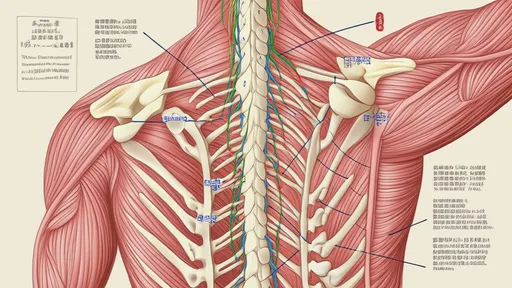
By /Jul 14, 2025
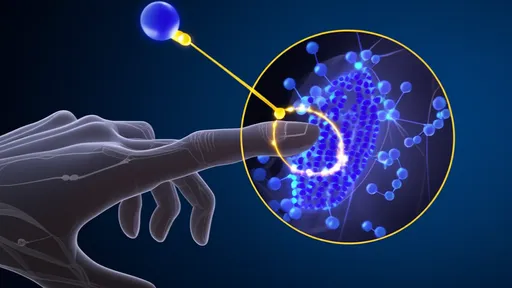
By /Jul 14, 2025
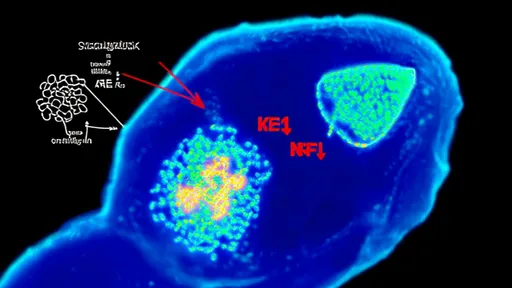
By /Jul 14, 2025

By /Jul 14, 2025
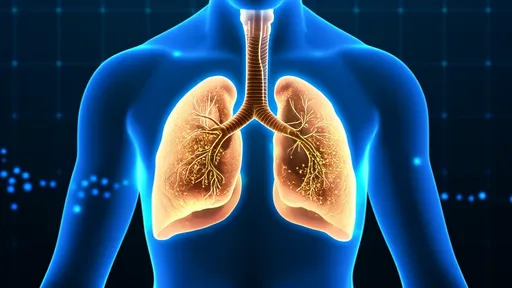
By /Jul 14, 2025
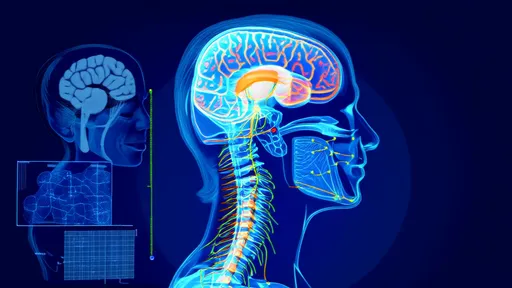
By /Jul 14, 2025

By /Jul 14, 2025

By /Jul 14, 2025
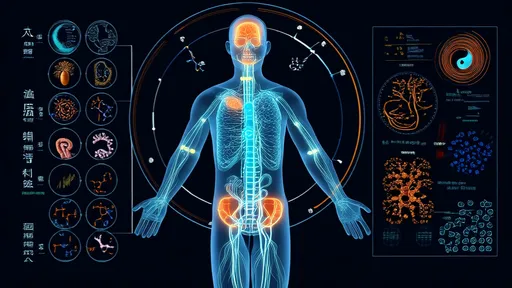
By /Jul 14, 2025

By /Jul 14, 2025

By /Jul 14, 2025

By /Jul 14, 2025

By /Jul 14, 2025

By /Jul 14, 2025
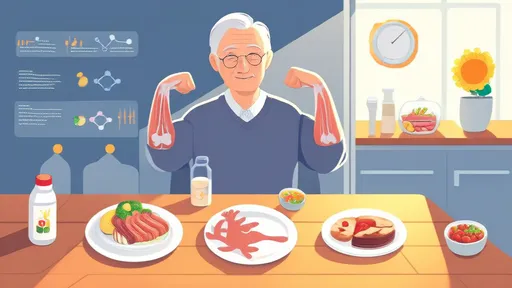
By /Jul 14, 2025